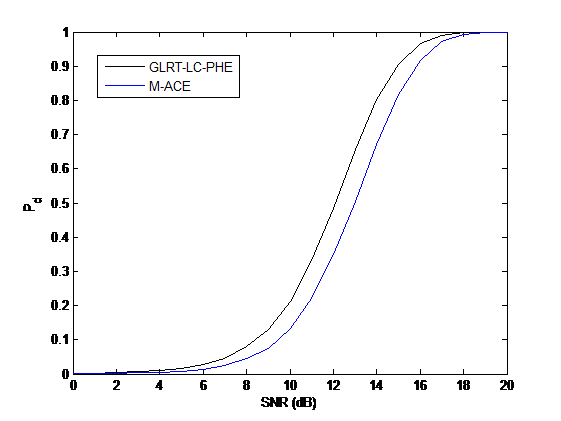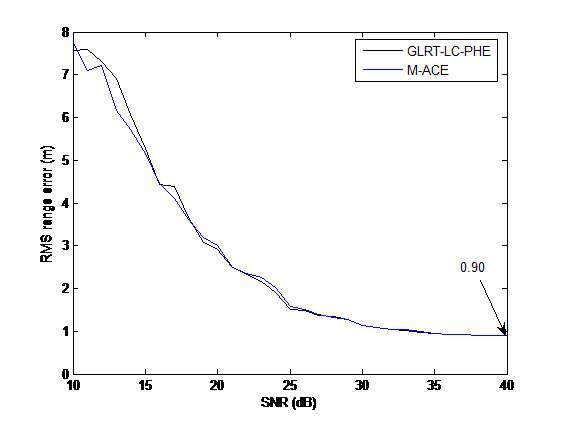ADAPTIVE radar detection of point-like or extended targets embedded in Gaussian disturbance represents an active field of research. However, most of existing detectors considered so far assume that the target is located exactly “where the matched filter is sampled” and, hence, that there is no straddle loss, namely no spillover of target energy to adjacent matched filter returns. While this is a reasonable approach, it does not fully use the information provided by the measurements from the two sampling points and, hence, does not share optimality properties.
HAO Chengpeng, from the State Key Laboratory of Acoustics, Institute of Acoustics, Chinese Academy of Sciences, Beijing, China, De Maio Antonio from the Dipartimento di Ingegneria Elettrica e delle Tecnologie dell’Informazione, Università degli Studi di Napoli “Federico II,” I-80125 Napoli, Italy, and Orlando Danilo from the Elettronica S.p.A., Roma, Italy focus on the design of space-time decision and range estimation schemes to detect point-like targets in Partially-Homogeneous Environment (PHE).
An adaptive decision scheme (referred to as GLRT-LC-PHE) with range estimation capabilities for point-like targets is derived in partially homogeneous environments. To this end, the spillover of target energy to consecutive range samples is exploited, and the Generalized Likelihood Ratio Test (GLRT) is resorted. The performance of new receivers is validated with both simulated data and real recorded data. Specifically, the numerical examples on simulated data show that the GLRT-LC-PHE exhibits better detection performance with respect to the classic localization detector (called M-ACE), as shown in Fig. 1. Meanwhile, the GLRT-LC-PHE has the same estimation capabilities of the target position as the M-ACE, as illustrated in Fig. 2. The superior performances of the GLRT-LC-PHE are confirmed by the analysis on recorded IPIX radar data.

Figure 1 Pd versus SNR (Image by HAO)

Figure 2 RMS error versus SNR (Image by HAO)
This research was supported by the National Natural Science Foundation of China (NSFC: 61172166 and 61222107).
The research entitled “An Adaptive Detector with Range Estimation Capabilities for Partially Homogeneous Environment” is published on the recently issued IEEE SIGNAL PROCESSING LETTERS (VOL. 21, NO. 3, MARCH 2014, pp. 325-329).
Contact:
HAO Chengpeng
State Key Laboratory of Acoustics, Institute of Acoustics, Chinese Academy of Sciences, Beijing 100190, China
Email: haochengp@mail.ioa.ac.cn


